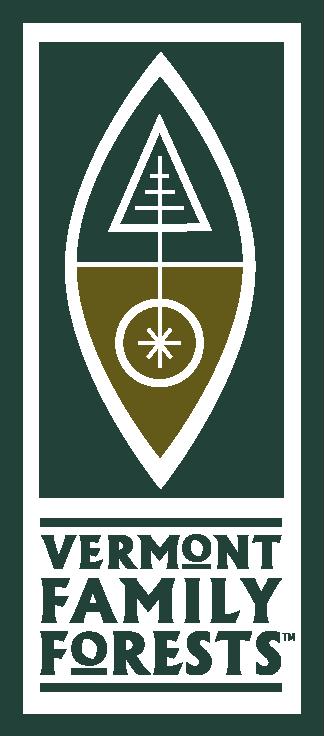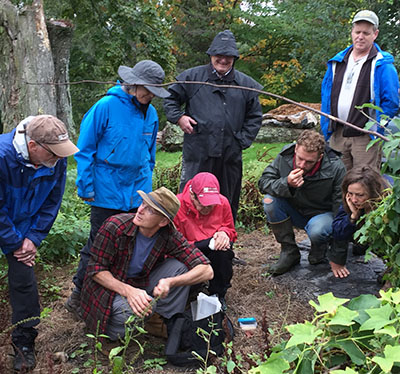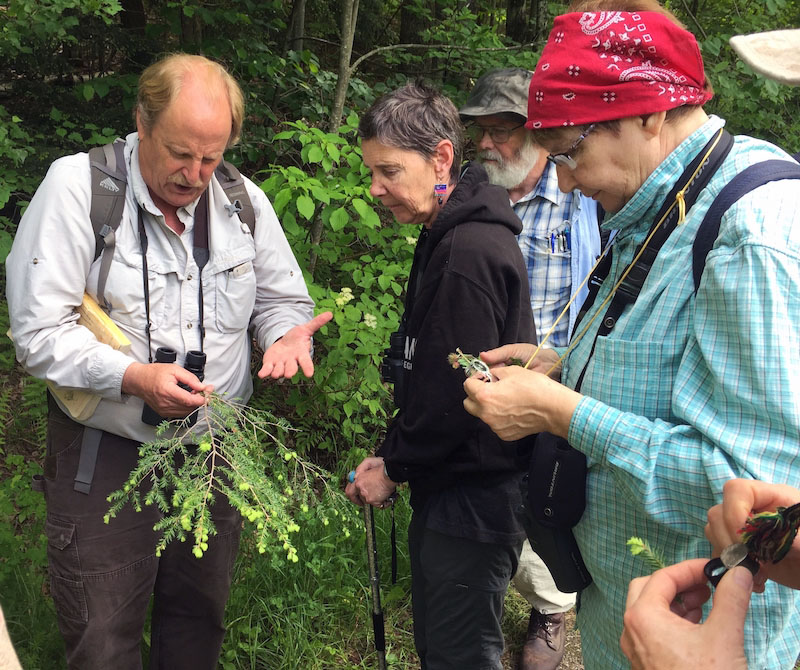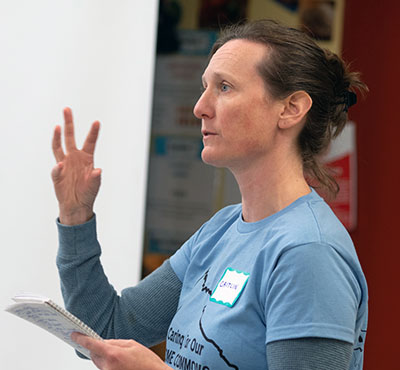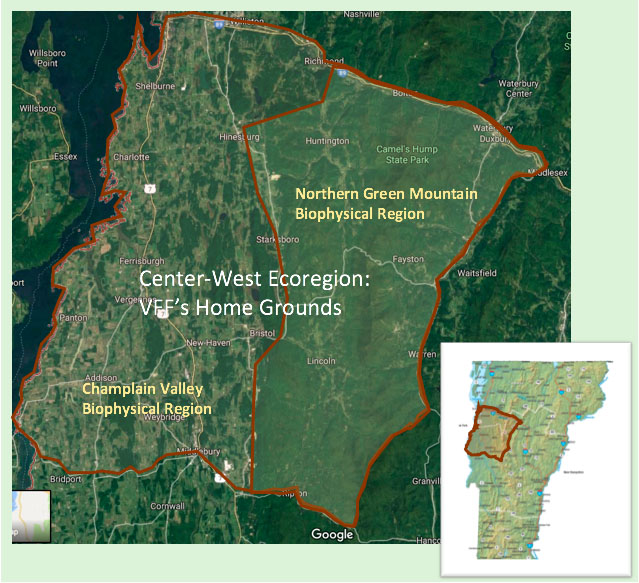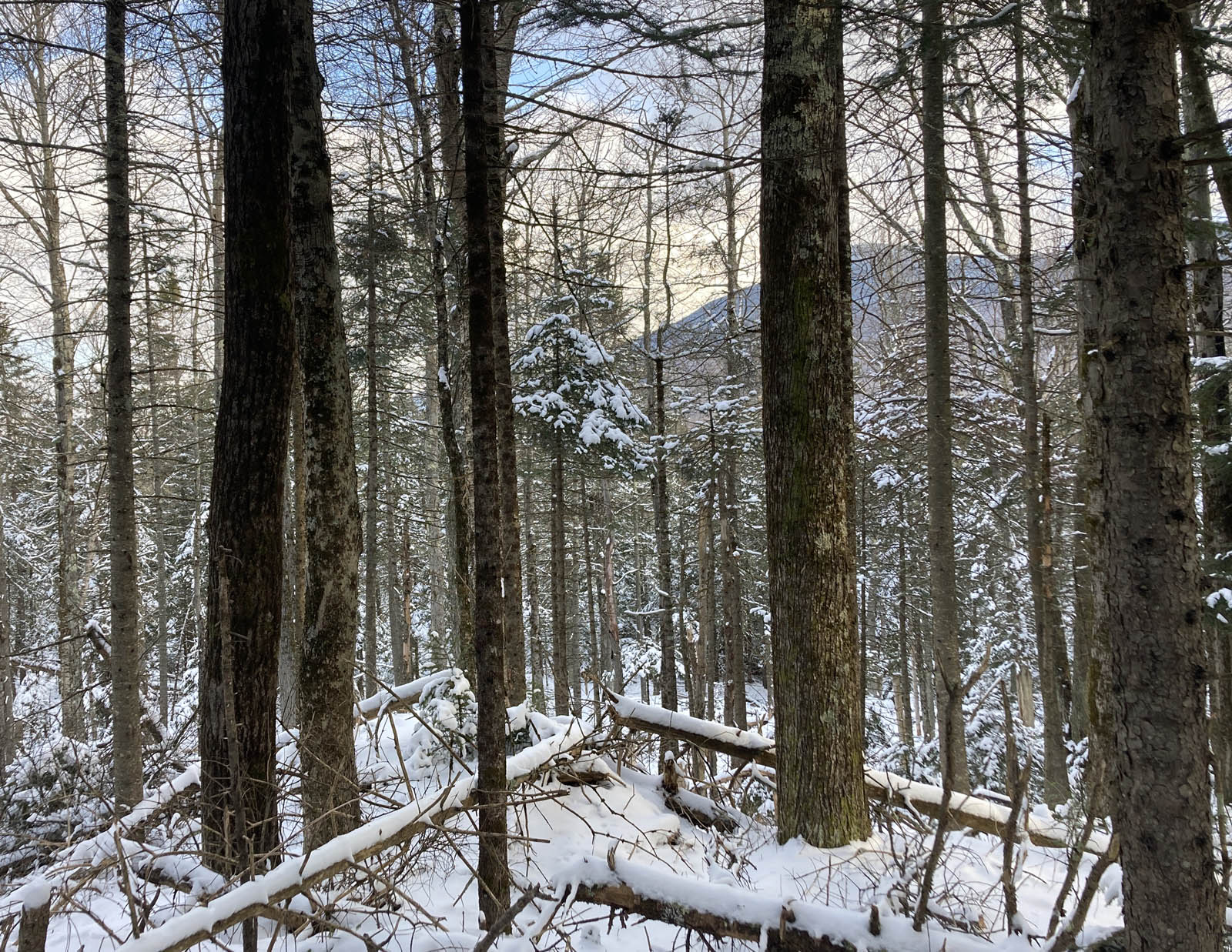
The purpose of [the Agricultural and Managed Forest Land Use Value Program] is to encourage and assist the maintenance of Vermont’s productive agricultural and forestland; to encourage and assist in their conservation and preservation for future productive use and for the protection of natural ecological systems; to prevent the accelerated conversion of these lands to more intensive use by the pressure of property taxation at values incompatible with the productive capacity of the land; to achieve more equitable taxation for undeveloped lands; to encourage and assist in the preservation and enhancement of Vermont’s scenic natural resources; and to enable the citizens of Vermont to plan its orderly growth in the face of increasing development pressures in the interests of the public health, safety, and welfare.
—Subchapter Added 1977, No. 236 (Adj. Sess.), § 1.
On Wednesday, January 5, at 9am, the House Committee on Natural Resources, Fish, and Wildlife will hold a live-streamed meeting to discuss potential changes to the Current Use (Use Value Appraisal) program. You can listen in, and we encourage you to do so.
The outcome of the discussion will impact you and your forest in tangible, important ways. The discussion will center on changing the Current Use program to expand landowner options for managing their forestland. In particular, the meeting will look at alternative proposals for adding a wild forest land use category for forestland enrolled in the Current Use program, through testimony from various players in Vermont’s forest conservation scene.
For the past two years, Vermont Family Forests has participated in Wild Forests Vermont (WFV), a steering committee dedicating to explore how best to include wild forests in Vermont’s Current Use Program. VFF’s goal in this process has been to represent and advocate for the interests of the forest landowners we work with and the forests themselves.
Read the Overview of the Wild Forests Vermont UVA Study
We know that landowners have many reasons for owning forestland apart from production forestry, which has become the focus of the Current Use program. In a survey we conducted in 2017, VFF landowners ranked clean water, clean air, peace and solitude, and wildlife habitat as their highest priorities. Sustainable timber and firewood production came after all of these.
For the past 25 years, Vermont Family Forests has helped landowners practice ecological forestry—forestry that puts forest health first through practices that maintain water quality, soil health, and native biological diversity—while meeting the requirements of the Use Value program. That’s been quite a dance at times, particular for landowners for whom maintaining the forest’s wild character is a top priority.
When originally conceived in 1977, the Current Use Program included production forestry within a much broader context, as the legislative language at the beginning of this story shows. The program originally required only 50% of enrolled land to demonstrate adherence to accepted management practices for “growing and harvesting repeated forest crops.” Changes over the years have resulted in the present-day timber focus. The Forest Management Activity Report that landowners enrolled in Current Use must complete each year reflects this production-forestry emphasis, though the program’s original statement of purpose includes “protection of natural ecological systems” and “encourage and assist in the preservation and enhancement of Vermont’s scenic natural resources.”
We believe that the Current Use program should be expanded to offer landowners the option to enroll portions of their forestland as wild forest. Each option carries management commitments. When you opt to manage for timber, firewood, and sap production, you commit to such practices as tree-harvesting and access road work. If you opt to manage a portion of your forest under the wild forest category, you would commit to a different suite of management practices that would focus on improving carbon sequestration, wildlife habitat, flood resilience, and water quality.
Such wild-forest practices carry immense public benefits. Wild forests sequester and store carbon, produce outstanding water quality, support biodiversity, increase flood resilience. They offer recreation, scenic beauty, non-timber forest products beyond maple like mushrooms, fruits, and peace and quiet. They protect and enhance essential assets that we all hold in common. Surface water, wildlife, and air are not owned by anyone—they are our commonwealth—and forest landowners who enhance them are making an invaluable contribution to our public good.
Currently, private landowners who enroll their land in the Current Use program must manage for traditional forest products like timber, firewood, and sap (with the caveat that, on a parcel-by-parcel basis, the presence of Ecologically Significant Treatment Areas (ESTAs) can exempt some portion of enrolled land from timber-focused management). So under the existing Current Use program, landowners are essentially required to grow particular crops on their forestland if they wish to be taxed at a rate that fairly reflects the land’s use.
In this time of rapidly changing climate, with increasingly severe storm events and temperature fluctuations that are putting trees and forests under tremendous stress, we need to retool the Current Use program to welcome management options that acknowledge the ecological and social benefits of wild forests. Wild forests are experts at cultivating resiliency, and that is exactly what is needed as our climate changes at a rapid pace.
The conversation about retooling UVA currently has two threads. The first relates to permanently conserved land. Currently, private landowners who have conserved their forestland as forever wild through a conservation easement cannot enroll that land in the Current Use program—that enrollment option is currently only available to non-profit entities. So, part of the current conversation relates to expanding enrollment of permanently conserved parcels to private landowners. This is a welcome step, though it would impact only a small portion of private forestlands in Vermont.
The second thread relates to adding a new wild forest land use category to the Current Use program. This is the thread we’re paying the most attention to, since it impacts the lion’s share of private forestlands in the state. Wild Forests Vermont commissioned a study of the impacts and process of adding such a wild forest category. A summary of that 60-page report is available and is an important read. The study modeled the ecological and financial outcomes of three scenarios for adding a wild forest category in UVA.
The first, supported by the Vermont Department of Forests, Parks, and Recreation, stipulates that parcels that have greater than 30% of their total area covered by ESTAs or by steep slopes of greater than 35% grade would be eligible to enroll all of the parcel’s forested area as wild forest. This scenario was designed to minimize the amount of productive timberland that would be lost to wild forest management.
The second scenario uses the Vermont Conservation Design map overlays to identify highest priority forest blocks. In this scenario, the wild forest management option would only be available to those landowners whose forestland lies within those high-priority areas.
The third scenario, which Wild Forests Vermont refers to as the “All” option, makes the wild forest category available to any landowners enrolled in the Current Use program, regardless of where their forestland is located in the state. Vermont Family Forests supports this approach.
But don’t just take our word for it. Listen in on the testimony today and draw your own conclusions. You’ll find an agenda for the meeting and a link to the Zoom meeting at https://legislature.vermont.gov/committee/agenda/2022/3571.
